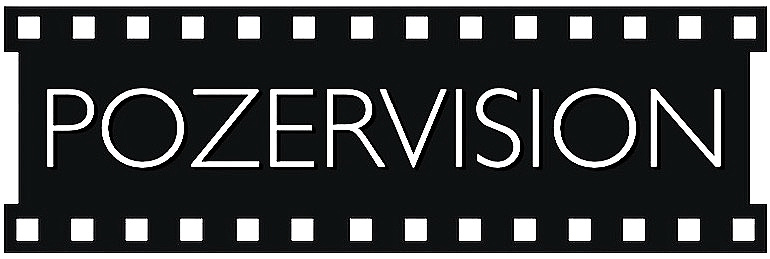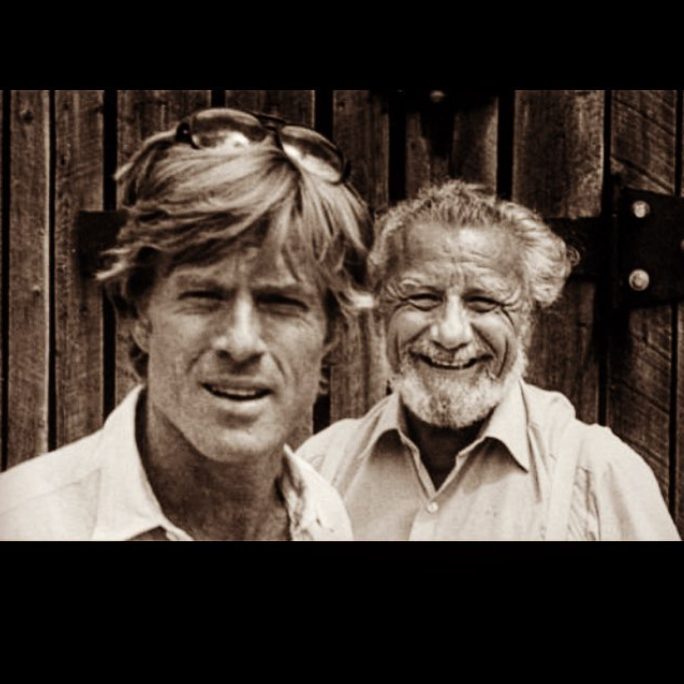Designed for writers of fiction in any medium.
I enjoyed Constructing a Story by Yves Lavandier and have kept it on my desk over the last year while finishing my writing and teaching obligations. It has become a fixture, a valued reference ‘for all things writerly.’
This scholarly book is a mind-bending compendium — in an inspirational way — jam-packed with references and examples from a long list of studied works — a life-time of study, really — ranging from comic books to plays to feature films. The breadth of research and resource material alone is staggering.
This book works for me as a motivational handbook, a positive distraction from my personal writing, and a tool to keep close while crafting a narrative. Mature writers and devoted cineastes will find value here. There are many gems and insights to be cherished. The whole section on ‘Fundamental Requirements’ is one that I have read many times over.
Contemporary creative writing and screenwriting courses - particularly at the graduate level - ask students to analyze stories written by classmates but gives them less-than-adequate instruction in how exactly to do that — aside from stating their personal preferences and cursory observations. Having a depth of comparative knowledge in history, film history, art history, and literature leads to greater distinctions, subtleties, and analytical clarity of a ‘story’ — and for me, specific details hold the true value of feedback that could be deemed useful. I often state that screenwriting is the most challenging form for the writer. Because it’s not prose, it’s not poetry — it’s not even what it’s supposed to be: a screenplay is intended to transform into a film. A shifting shape where words on paper turn into frames and images.
Yves Lavandier challenges academic oversights by offering an abundance of examples across a vast historical and multi-media context. The book requires a dedicated and disciplined reader who is not intimidated. A reader who strives to dig deeper into understanding the writer's craft, and one who is confident and bold enough to apply the knowledge gained into their own original narratives. Passionate students must engage with a wide-ranging index of titles to fully participate and go beyond the superficial coating of university screenwriting courses.
Of note, Lavandier was a student of producer and film professor Frank Daniel, whom I longed to learn from in a classroom setting but never did. However, I did receive bootleg tapes of his lectures and I’ve transcribed one of them here. (the first of a series of posts that detail his complete last lecture at Columbia)
Robert Redford and Frank Daniel. Looks like it’s a bit after “Butch Cassidy and Sundance Kid” days…
Lavandier’s ideas, concepts and writing tips are insightful, however, familiarity with the films or source materials is important for comprehension. There were sections where I had no connection with the references which created a roadblock for me as a reader and I was not able to clearly understand the author's intention (it’s adapted from the original french version.) I appreciate his cautionary warnings: If you don't know the works in question, you might want to see or read them before reading further - and again: ...counting on your familiarity with the film to understand what I meant.
At the end of the day, Constructing a Story has a special place on the corner of my desk. I return to it in small bites, and usually find something new and helpful. I look forward to re-reading and re-watching some of my favourite stories and delving deeper into the structure, deeper into the architecture of story.
***


